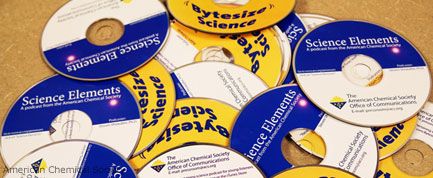Air Pollution Eyed as Raw Material for Plastics

In the future, all those DVDs you buy could be made from air pollution. If plans to remove carbon dioxide from smokestacks succeed, the gas could be harnessed and turned into plastic products, new research claims. Carbon dioxide is emitted into the air by the burning of fossil fuels, primarily by power plants and automobiles. It is the main greenhouse gas contributing to man-made global warming. Sucking the carbon dioxide from smokestack emissions could enable a process by which the heat-trapping gas would be turned into a raw material for making polycarbonates, a type of plastic, and keep it from raising global temperatures even more, according to two groups of researchers who presented their findings today at a meeting of the American Chemical Society in New Orleans. "Using CO2 to create polycarbonates might not solve the total carbon dioxide problem, but it could be a significant contribution," said the leader of one team, Thomas Müller of the Institut für Technishe und Makromolekulare Chemie. Carbon dioxide is also cheaper and less toxic than other starting materials traditionally used to make plastics. Polycarbonates, which are easily worked and molded, are used to make many transparent materials, including CDs and DVDs, eyeglasses and drinking bottles. Both teams are developing methods to transform carbon dioxide into the starting materials for polycarbonates and expect that people could be watching movies on waste-carbon dioxide DVDs sooner than they think. "I would say it's a matter of a few years" before these waste-derived polymers are available to the public, Müller said.
- Video: Concrete Goes Green
- Top 10 Emerging Environmental Technologies
- What's Your Environmental Footprint?
Sign up for the Live Science daily newsletter now
Get the world’s most fascinating discoveries delivered straight to your inbox.

Andrea Thompson is an associate editor at Scientific American, where she covers sustainability, energy and the environment. Prior to that, she was a senior writer covering climate science at Climate Central and a reporter and editor at Live Science, where she primarily covered Earth science and the environment. She holds a graduate degree in science health and environmental reporting from New York University, as well as a bachelor of science and and masters of science in atmospheric chemistry from the Georgia Institute of Technology.











